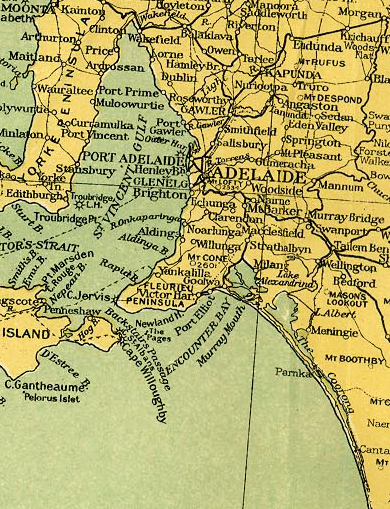Locals show marine boost
 The humble shellfish could be the unsung hero in revitalising the marine biodiversity of Port Adelaide's shipping harbour.
The humble shellfish could be the unsung hero in revitalising the marine biodiversity of Port Adelaide's shipping harbour.
Native razorfish and flat oysters, alongside the feral pacific oysters, are wielding their ecological powers, breathing life into the Port River estuary ecosystem, experts say.
Researchers at Flinders University have stumbled upon an unexpected guest - an exotic whelk that has sneaked into the area.
Over the years, the Port Adelaide marine environment, adorned with treasures like remnant mangrove forests and the acclaimed International Bird and Dolphin Sanctuaries, has witnessed fluctuations in water quality and species composition.
Curious to understand the mysteries of these poorly understood shellfish habitats, Brad Martin, a PhD candidate from the Ecosystem Resilience research group at Flinders University, embarked on fieldwork throughout the Port River earlier this year.
The saga began when a disease outbreak struck the feral oysters, prompting the South Australian Government to enact shellfish collection bans in 2018.
But adversity gave birth to innovation as local community groups, unwilling to let the oysters perish, launched native flat oyster restoration projects.
Amidst the shellfish frenzy, the fieldwork uncovered some curious characters seeking refuge in the oyster haven.
The Hercules club whelk, a mysterious marine snail making its debut in the region, apparently hitchhiked its way through ballast water from a passing shipping vessel.
The intertidal species seem to play nice with the natives for now, posing no significant threat to the existing ecosystem. Nevertheless, marine scientists warn of potential challenges if these invaders decide to venture beyond the Port River.
The appearance of east coast residents like the mud whelk and Sydney cockles signals a shift in climate. They were once mere fossils in South Australia's history, but the warming temperatures have revived them.
The shellfish act as aquatic vacuum cleaners, filtering the water to boost its quality. Furthermore, they provide safe havens and nurturing grounds for other marine species, including the whiting, bream, and blue swimmer crabs.
Bradley Martin’s research work from the Port River ‘density and death: the habitat function of intertidal razorfish (Pinna biocolor) beds’ recently won the Fisheries Research Development Corporation (FRDC) Prize for Best Oral Presentation at the Australian Marine Sciences Association conference on the Gold Coast.








 Print
Print